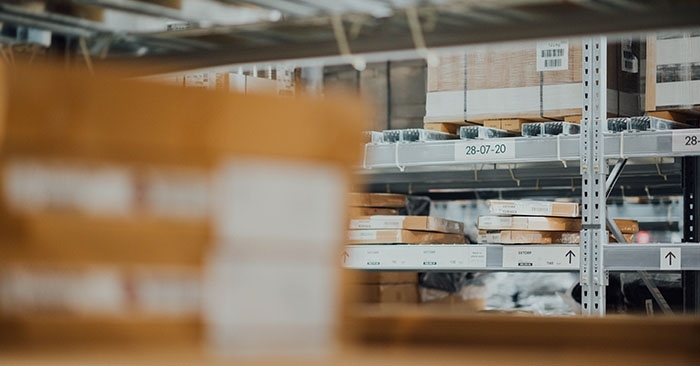Factors that are helping boost logistic sector this festive season

November 12, 2021
The Indian logistic and supply chain has been a lifeline for the economy and during the times of the pandemic, has been the source of seamless supply of daily essentials. The nationwide delivery of vaccines, supplied to every nook and corner of the country in temperature controlled environment, has also been remarkable feat, signifying the excellence and strength of the pharma supply chains.
Hector Patel of Jeena & Company is listing the factors from D2C boom to omnichannel networks that are working in the background to boost Indian logistics during the festive season.
While supportive government policies and improved transport infrastructure are aiding the process, the real driving force for enhanced efficiencies is the accelerated tech adoption across the storage and supply chain networks.
However, in spite of these advances, the pandemic did hamper various aspects of national and international economy, adversely also affecting the logistic sector as a whole. With slowing down of international trade, manufacturing and non-essential businesses, the logistics and supply chains were also largely impacted, with several people losing jobs, and supply chain networks braking down and warehouses staying empty.
Now, after two long years of the pandemic, as the country starts to experience normalcy and gear up for the festive season, this is also the time where logistics and supply chains are showing signs of recovery. Reflective of the changed consumer patters, cashless transactions and the massive rise of e-retail, logistics and supply chain networks are now fast evolving to meet the needs of the new economy that is slowing sprinting back to life! Listed here are some key factors that are set to boost the sector, ahead of the festive season:
Explosion of direct to home brands
With the rise in e-commerce, prompted by the pandemic, there has been a steady demand for direct to home and direct to consume brands. Thus, most offline brands have moved online or at least offer doorstep deliveries. This has lead to accelerated shift of logistics towards consumer facing service, through last mile deliveries. These also have put a thrust on warehousing, packaging, timely delivers and reverse logistics. As per a recent research reports, the Indian logistics market is pegged at US$ 215 billion and is growing at a CAGR of 10.5%. However, only 10-15 per cent comprises of organised players. Also, online vertical is estimated to grow and reach US$ 20 and US$30 billion by 2025.
Rise of e-commerce in Tier 2 cities
With increased digital literacy, access to smart phones, and faster adoption of cashless, online transactions, an increasing number of consumers are moving towards e-commerce as a preferred mode of purchase. As per a report by ICICI Securities, published in April 2021, smaller Indian cities are now accounting for a 46 per cent of total ecommerce by volume share, and almost outpacing the growth of metros. Also, tier 2 and tier 3 cities have recorded 43 per cent share of online spending per customer, in terms of sales value, in the first quarter of 2021, a trend that is set to further accelerate in the festive season.
Make In India
The thrust on manufacturing, with the ‘Make In India’ initiative, has been a positive one for overall economic growth. However, while the pandemic had forced the manufacturing of non-essential items to go through a slowdown, the festive cheer and overall positive customer sentiment, are helping boost manufacturing for automobile, luxury goods, furniture, textiles, electronics, and export products, etc., in addition to the pharma and medical supply chains, which are all driving the logistic sector. As the country further emerges from the lockdown, the manufacturing driven logistic and supply chains are further set to grow.
Growth in omnichannel networks
Covid disrupted several business and lifestyle trends and also birthed new innovations across sectors. In the logistics and supply chain sector, these innovations were driven by tech adoption and operational modifications, to cope better and thus enhance efficiencies in the long run. Opting for and developing Omni-channel networks has been one of the major developments. This new model has been helping drive optimisation for distribution, better inventory management, shorter turn around times for deliveries, as well as better customer support. In the upcoming festive rush, this model is going to not only help manage the demand but enhance supply chain network efficiencies.
Way forward
While wider digital adoption, and leveraging emerging technology like IoT, Big Data and AI, are all the inevitable steps in the near future, the uniform adoption of these across both big and small players is what will truly help overall growth of the sector. Coupled with technology, the Indian logistics and supply chain networks also need to work on reducing overall logistic costs so as to make it more internationally competitive, while also adopting greener practices that are aligned with international standard of operations.
 | Hector Patel is the executive director and board member of Jeena & Company |
The views and opinions expressed in this article are those of the author and do not necessarily reflect the views of Indian Transport & Logistics News



